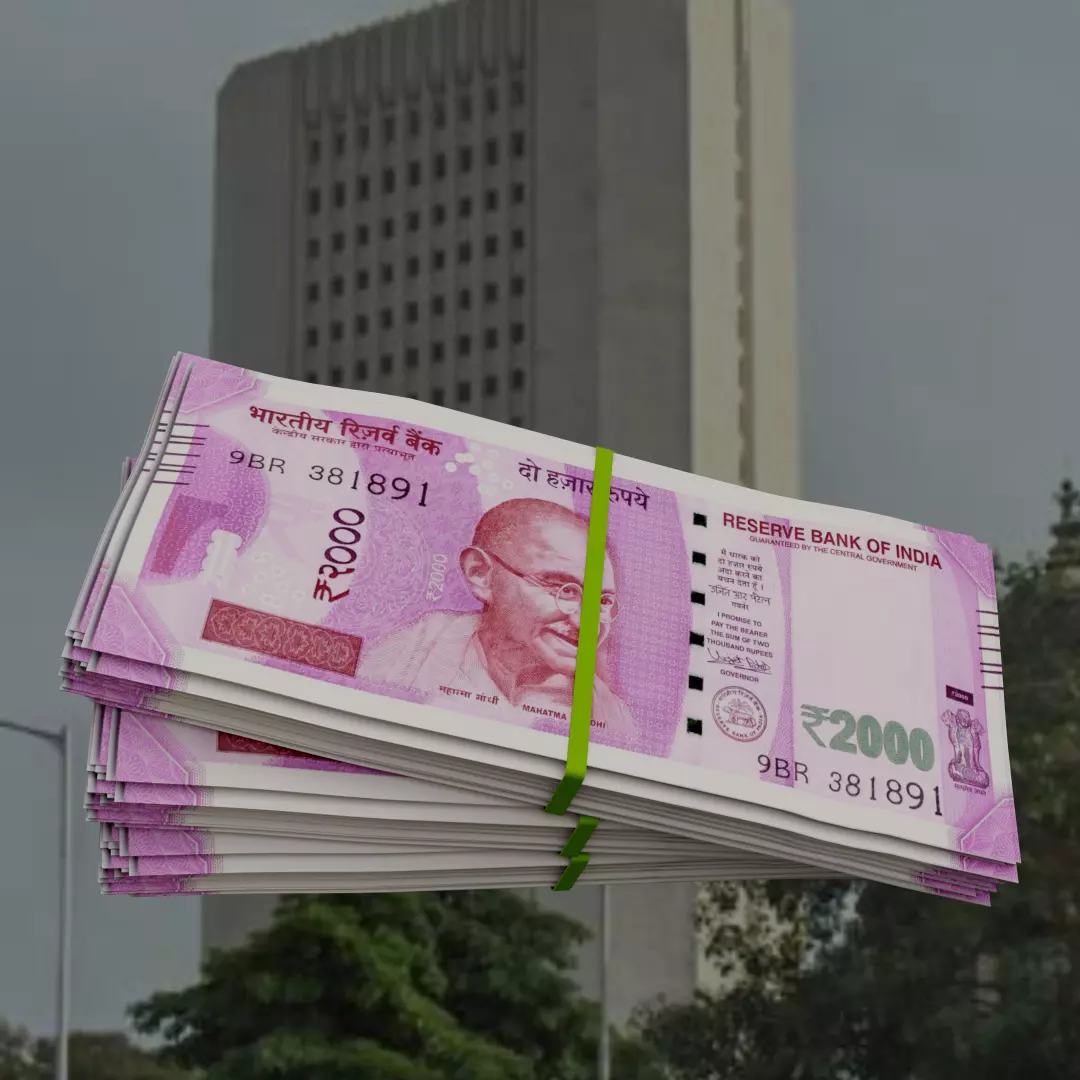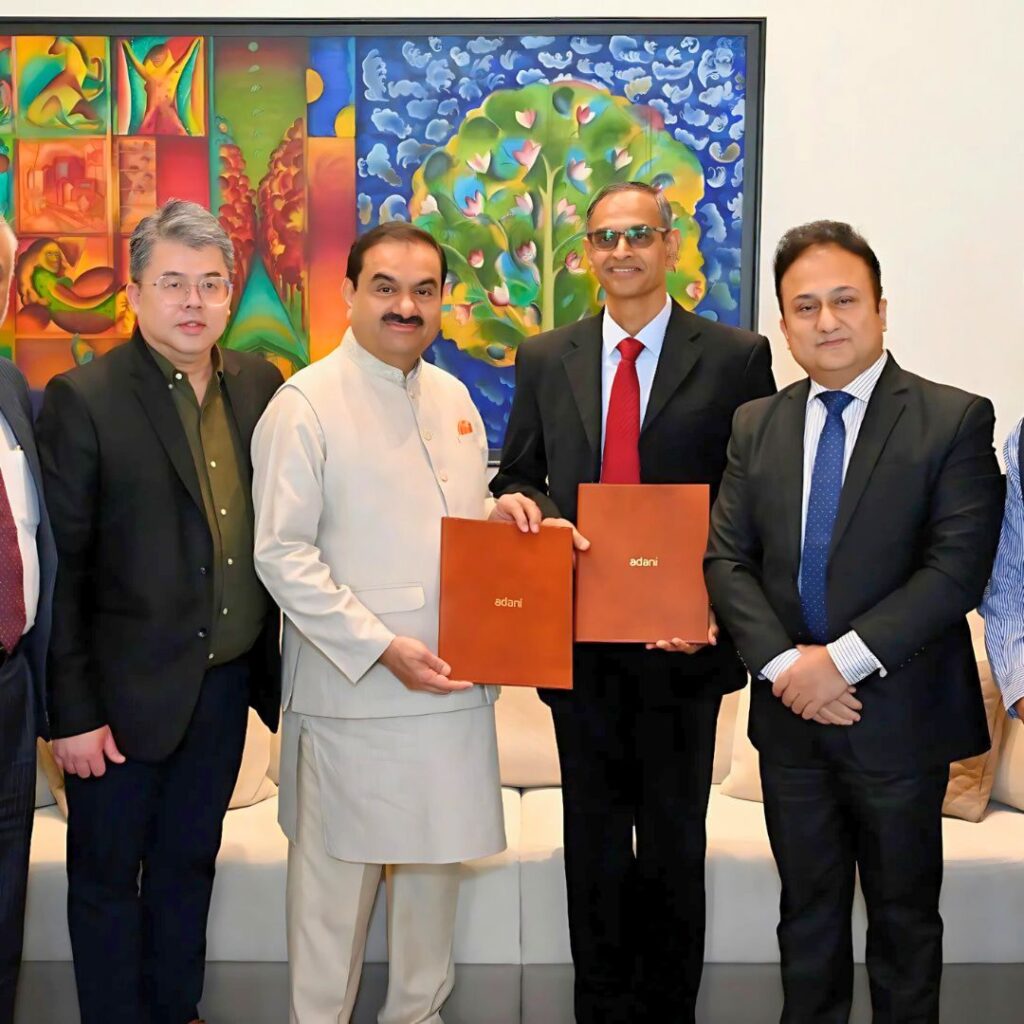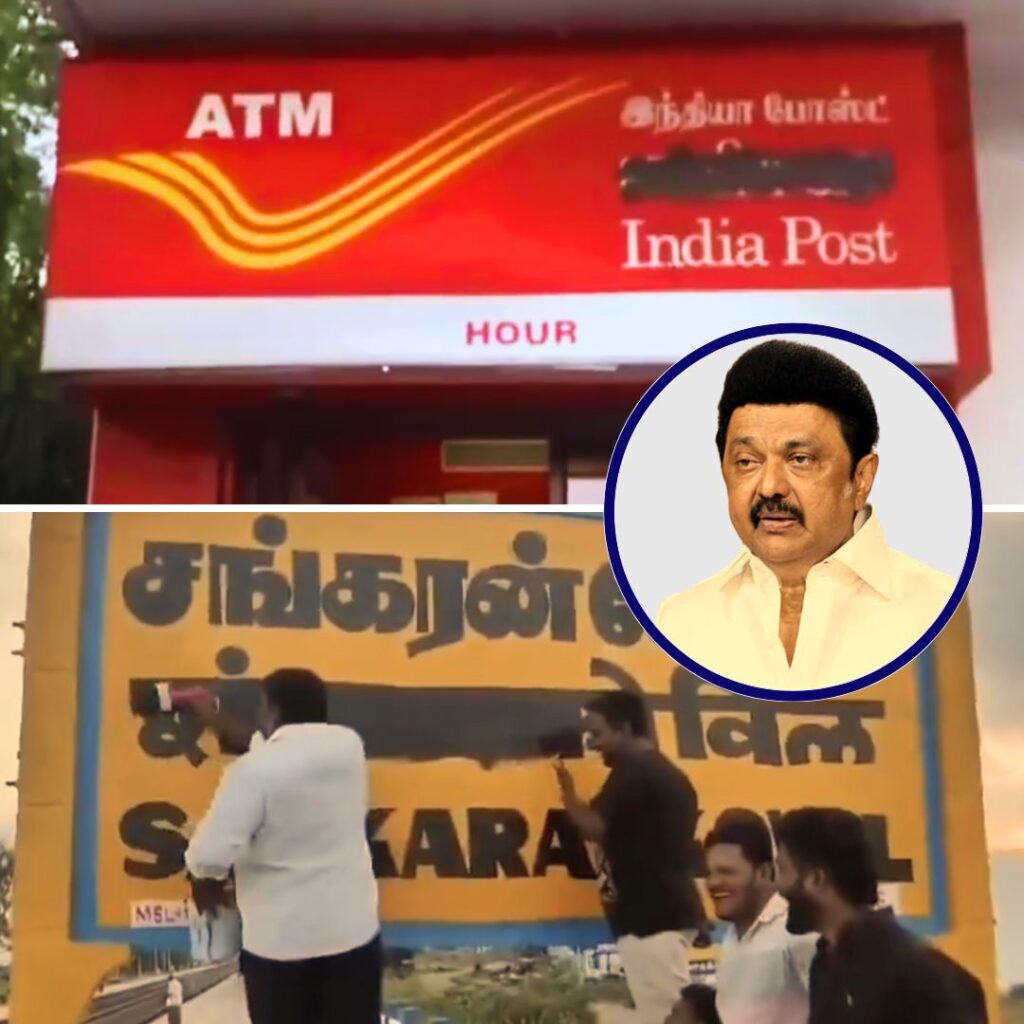The Finance Ministry confirmed on Monday that there are no plans to extend the deadline for exchanging ₹ 2,000 notes, and the last date remains September 30, 2023. In response to a query in the Lok Sabha, Minister of State for Finance, Pankaj Chaudhary, asserted that there is currently no consideration to prolong the exchange period beyond the specified date.
Additionally, Chaudhary negated any suggestions of demonetizing other high-denomination currency notes to tackle black money. The Reserve Bank had earlier surprised the public with an announcement on May 19, declaring the withdrawal of Rs 2,000 notes from circulation. However, individuals were given until September 30 to deposit or exchange these notes at banks, reported Money Control.
As per the RBI’s data, around 76 percent of the ₹ 2,000 currency notes in circulation have already been either deposited or exchanged at banks. Consequently, the total value of ₹ 2,000 notes in circulation has reduced to ₹ 84,000 crore as of June 30, down from ₹3.56 lakh crore on the day of the withdrawal announcement.
The RBI’s planned withdrawal was aimed at efficient currency management, ensuring minimal inconvenience to the public and maintaining economic stability. The removal of ₹ 2,000 banknotes had been accounted for in this year’s currency requirement, and sufficient buffer stock of banknotes in other denominations is maintained across the country to fulfill exchange and withdrawal needs.
It’s worth noting that the ₹ 2,000 denomination banknotes were introduced on November 10, 2016, after the demonetization of all ₹ 500 and ₹1,000 banknotes in circulation at that time, in order to meet the economy’s currency demands promptly.
Withdrawal Of Rs 2000 Notes
The central bank has announced its decision to withdraw ₹2,000 notes from circulation. People have been given the opportunity to exchange or deposit these notes in their bank accounts by September 30. This move is scheduled to take effect from May 23, with the Reserve Bank of India’s (RBI) 19 regional offices and other banks facilitating the exchange of ₹2,000 notes for lower denomination ones. However, despite this withdrawal, ₹2,000 notes will still retain their status as legal tender.
The introduction of ₹2,000 banknotes occurred in November 2016, following the sudden demonetization of high-value ₹1,000 and ₹500 notes by Prime Minister Narendra Modi. However, the RBI now clarifies that the objective behind introducing ₹2,000 banknotes has been fulfilled, as an adequate quantity of banknotes in other denominations is readily available. Consequently, the printing of ₹2,000 banknotes was halted in 2018-19, marking the beginning of their gradual withdrawal from circulation.
To ensure a smooth transition and minimize disruptions in regular banking activities, the RBI has directed all banks to discontinue issuing ₹2,000 notes immediately. Instead, individuals can conveniently exchange their ₹2,000 banknotes for other denominations at any bank, up to a limit of ₹20,000 at a time, starting from May 23, 2023. This measure is expected to facilitate the seamless replacement of ₹2,000 notes with lower denominations, thereby maintaining the overall efficiency of the currency system.
Demonetisation Announcement In 2016
On November 8, 2016, the Government of India made a significant announcement, declaring the demonetisation of all ₹500 and ₹1,000 banknotes from the Mahatma Gandhi Series. This move was accompanied by the issuance of new ₹500 and ₹2,000 banknotes in exchange for the demonetised ones. Prime Minister Narendra Modi’s stated objectives were to curb the shadow economy, promote cashless transactions, and reduce the circulation of illicit and counterfeit money used to fund illegal activities and terrorism.
However, the aftermath of demonetisation led to prolonged cash shortages, causing significant disruptions throughout the economy. People had to endure long queues while seeking to exchange their banknotes, and sadly, there were reports of deaths related to the rush to exchange cash.
According to a 2018 report by the Reserve Bank of India, around ₹15.3 lakh crore (15.3 trillion rupees on the short scale) out of the total ₹15.41 lakh crore in demonetised banknotes, approximately 99.3%, were deposited in banks.
Initially, demonetisation garnered support from some central bankers and international commentators. However, it was also heavily criticized for its poor planning and perceived unfairness, sparking protests, litigation, and strikes against the government in various parts of India. The move became the subject of debates in both houses of Parliament, with diverse opinions on its impact and effectiveness.
Also Read: Gyanvapi Mosque Case: SC Stays Varanasi Court Order Till 26 July
https://thelogicalindian.com/h-upload/2023/07/25/500x300_232687-web-13-3.webp
Trending
2023-07-25 06:20:42.0
No Proposal To Extend Deadline For Exchange Of Rs 2000 Notes, Says Finance Ministry











